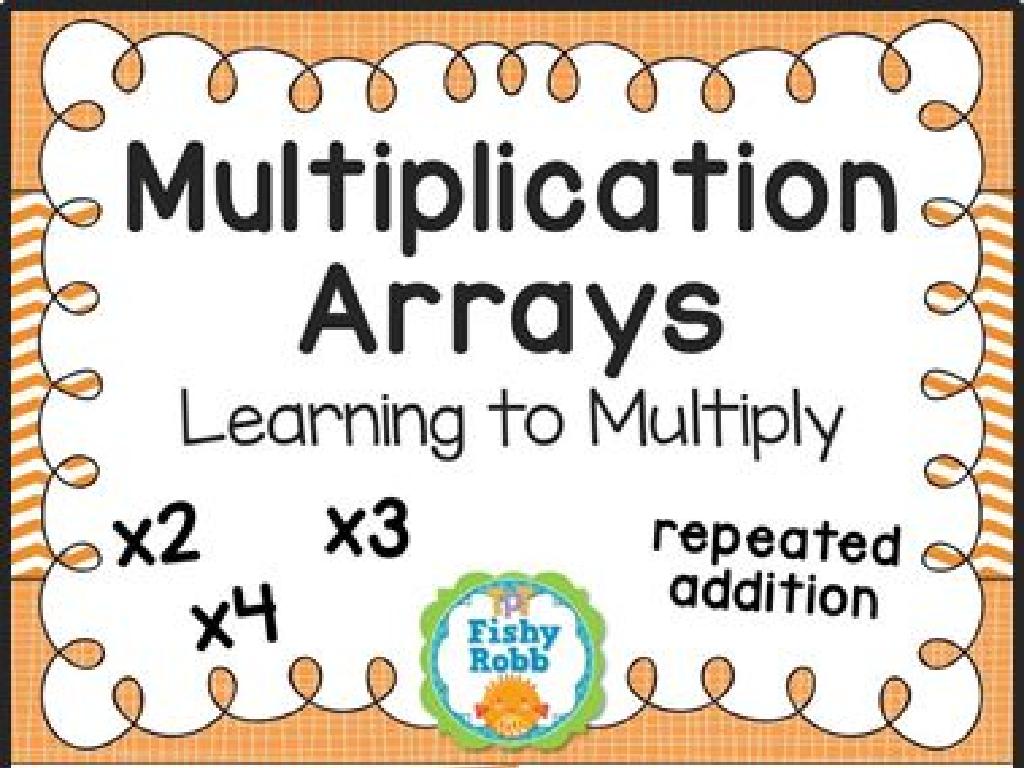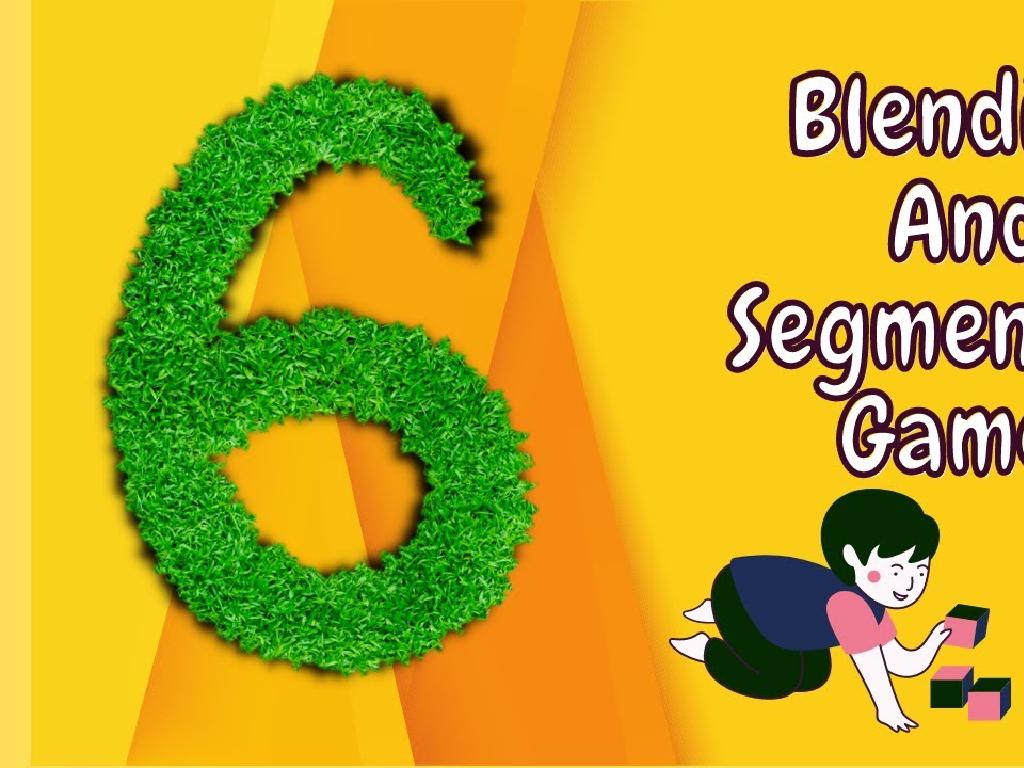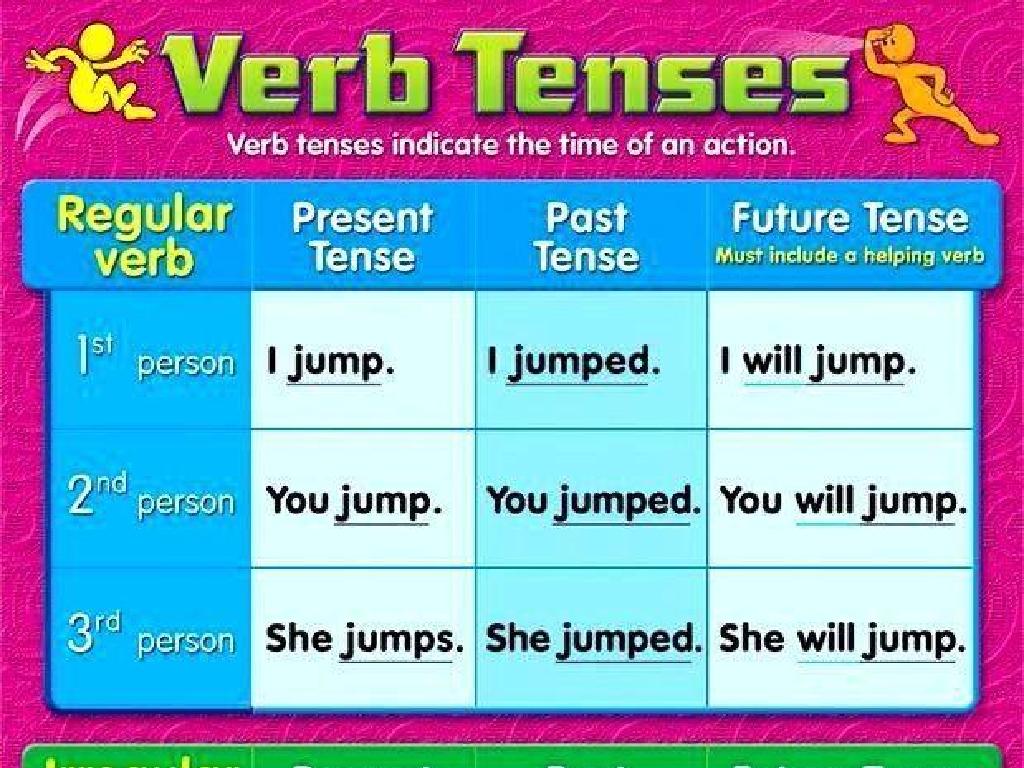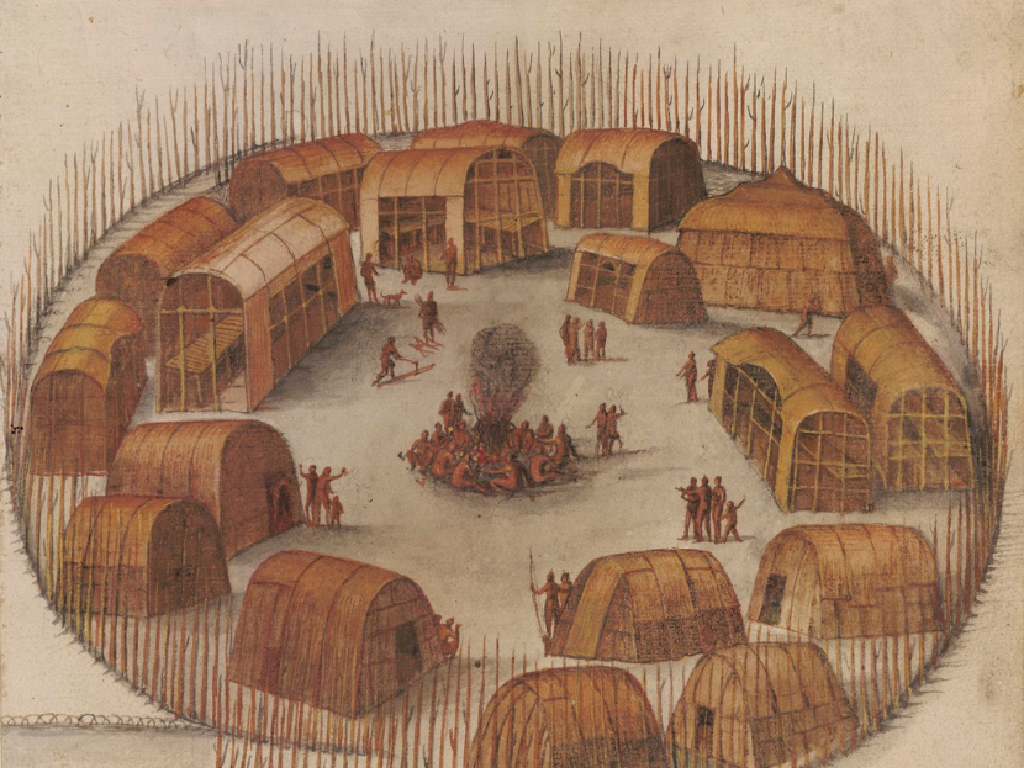Seed Disperser: African Elephant
Subject: Science
Grade: First grade
Topic: Animals
Please LOG IN to download the presentation. Access is available to registered users only.
View More Content
Elephants: Nature’s Gardeners
– Elephants are our big friends
– What does an elephant look like?
– Big ears, long trunk, and huge body
– Elephants help plants grow
– They eat fruits and poop out seeds far away
– They spread seeds everywhere!
– This helps new plants to grow in different places
|
This slide introduces first graders to the concept of seed dispersal by African elephants. Start by engaging the students with a question about elephants’ appearance to draw their attention. Explain that elephants are not just large animals, but they play a crucial role in the ecosystem by helping plants grow. They eat fruits and carry the seeds inside them to different places. When they poop, the seeds come out and can grow into new plants. This natural process helps the environment and ensures the spread of various plant species. Encourage the children to think about how animals can help the environment in different ways and share any experiences they have of seeing an elephant, whether in real life, in a book, or on TV.
Meet the African Elephant
– Largest land animal
– Big ears, long trunks
– Their ears help them stay cool in the heat
– Tusks for various tasks
– Tusks are used for digging, lifting, and gathering food
– Habitats: savanna, forests, deserts
|
The African elephant is a majestic creature and holds the title of the largest land animal on Earth. When discussing this animal with first graders, emphasize their size and unique features like their big ears, which they flap to stay cool in the hot African climate. Their long trunks are versatile tools used for smelling, breathing, trumpeting, drinking, and grabbing things, especially food. Tusks are another distinctive feature of elephants, serving various purposes such as digging for water, lifting objects, and gathering food. Elephants can be found in diverse African habitats including the savanna, forests, and deserts. Encourage the children to think about how such a large animal might affect its environment, particularly in how it might help other plants and animals.
How Seeds Travel: Seed Dispersal
– What is seed dispersal?
– It’s how plants send seeds out to grow.
– Why plants spread seeds
– So new plants can grow in different places.
– Animals help plant seeds
– Like the African elephant walking with seeds stuck to it.
– Other ways seeds travel
– Wind and water can also move seeds.
|
This slide introduces the concept of seed dispersal to first graders, explaining that it is the process by which plants spread their seeds to new places. Emphasize the importance of seed dispersal for the growth of plants in diverse environments. Highlight the role of animals, such as the African elephant, which can carry seeds stuck to their bodies over long distances, allowing plants to grow in new areas. Also, mention other natural elements like wind and water as methods of seed movement. Use simple language and examples to make the concept relatable, and consider bringing in props or pictures to visually demonstrate how seeds can be dispersed in different ways.
How Elephants Help Plants Grow
– Elephants eat many fruits
– Seeds travel inside elephants
– Seeds are in the fruit that elephants eat
– Seeds get planted far away
– When elephants move, they drop seeds in new places
– New plants grow from seeds
– This helps the forest to have more plants
|
This slide aims to teach first-grade students about the role of African elephants in seed dispersal. Elephants consume a large variety of fruits, and as they digest these fruits, the seeds are carried inside the elephants. When the seeds pass through the elephant, they are deposited in different locations, often far from where they were consumed. This natural process allows plants to grow in new areas, contributing to the spread of vegetation and the health of ecosystems. Encourage the students to think about how animals can help plants and ask if they know of other animals that might help seeds move. This will help them understand the interdependence between animals and plants in nature.
Elephants Help Our Planet!
– Elephants spread seeds around
– They poop out seeds far away, making new plants!
– More plants grow because of them
– When seeds grow into plants, they make food for creatures like bunnies and birds.
– Other animals get food and homes
– Squirrels and monkeys find homes in trees that grow from seeds elephants spread.
– Elephants keep ecosystems healthy
– A happy ecosystem is good for all, from tiny ants to big people!
|
This slide aims to teach first graders about the important role African elephants play in maintaining healthy ecosystems by dispersing seeds. Explain that as elephants move around and eat, they spread seeds through their poop, which helps new plants to grow in different places. These plants become food and homes for other animals, showing how elephants support the whole ecosystem. Emphasize that a healthy ecosystem is beneficial for all living things, including humans, as it provides us with clean air, water, and resources. Use simple language and relatable examples to make the concept understandable for young students.
Let’s Be Elephants!
– Pretend to be seed-dispersing elephants
– Use stickers as ‘seeds’
– Each sticker represents a seed that an elephant might eat and later disperse
– Move around to ‘plant’ seeds
– Walk around the classroom to different ‘habitats’ to spread your seeds
– Walk and think like an elephant
– Consider how elephants might move and where they would drop seeds in the wild
|
This activity is designed to give students a hands-on understanding of how African elephants disperse seeds. Provide each student with a sheet of stickers to represent seeds. As they move around the classroom, they should place stickers in various locations, simulating how elephants distribute seeds across a landscape. Encourage them to think about the elephant’s size and movements, and to consider the best places for planting seeds to grow. Possible variations of the activity could include using different colored stickers for different types of seeds, having ‘obstacles’ that elephants might encounter, or discussing the importance of seed dispersal for plant diversity. This will help them understand the role of animals in ecosystems and the concept of seed dispersal.
Seed Planting Game: Be Like Elephants!
– Today we’re playing a seed game
– You’ll each get bean ‘seeds’
– Pretend these beans are seeds in the wild
– Find a spot to ‘plant’ your seeds
– Elephants walk and drop seeds to grow new plants
– Place them gently on the ground
– This is how we help nature spread life
|
This class activity is designed to simulate how African elephants disperse seeds in the wild. Each student will act like an elephant, carrying seeds and deciding where to ‘plant’ them in the classroom. Provide each student with a handful of bean seeds, which represent the seeds that elephants might disperse. Guide them to place the seeds gently on the ground, mimicking the natural process of seed dispersal. This activity teaches about the role of animals in ecosystems and the importance of seed dispersal for plant reproduction. Possible variations of the activity could include using different types of seeds, discussing the conditions needed for seeds to grow, or even planting the seeds in soil pots to observe germination over time.
Review: African Elephants as Seed Dispersers
– African elephants spread seeds
– They eat fruits and poop out seeds far away
– Seed dispersal helps plants grow
– New plants grow in different places, which is good for Earth
– Elephants are important to nature
– Saying goodbye and great job!
|
In this closing slide, we recap what we’ve learned about the role of African elephants in seed dispersal. Emphasize how elephants contribute to the environment by eating fruits and spreading seeds through their droppings, which helps plants grow in new areas. This process is crucial for maintaining healthy ecosystems and biodiversity. Congratulate the students on their hard work and encourage them to continue exploring the wonders of nature. Remind them that like elephants, they can have a big impact on the world around them. End the lesson on a positive note, looking forward to more learning adventures.





